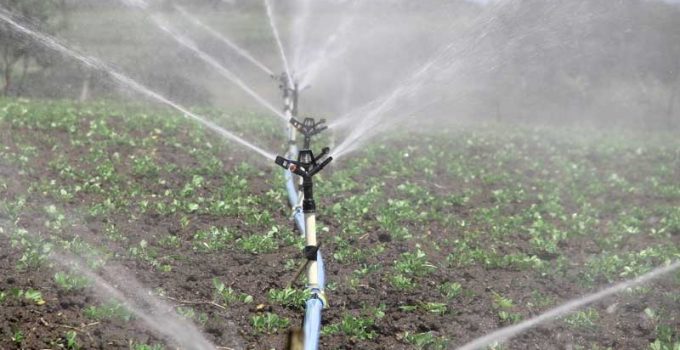The Farmer’s Dilemma: Choosing Between Drip and Sprinkler Irrigation, Which System Fits Your Farm Best?
If you’ve ever tried to water your crops evenly during the dry season, you already know the struggle of dragging hoses, pumping water, or watching half your field dry out while the other half floods.
Modern irrigation systems like drip and sprinkler irrigation have come to solve that problem. But here’s the big question most farmers ask:
Which one is better for my farm is it drip or sprinkler irrigation?
Let’s break it down together in a simple, relatable way, so you can make the best choice that saves water, increases yield, and still fits your pocket and at the same time make you a highly profitable farmer.
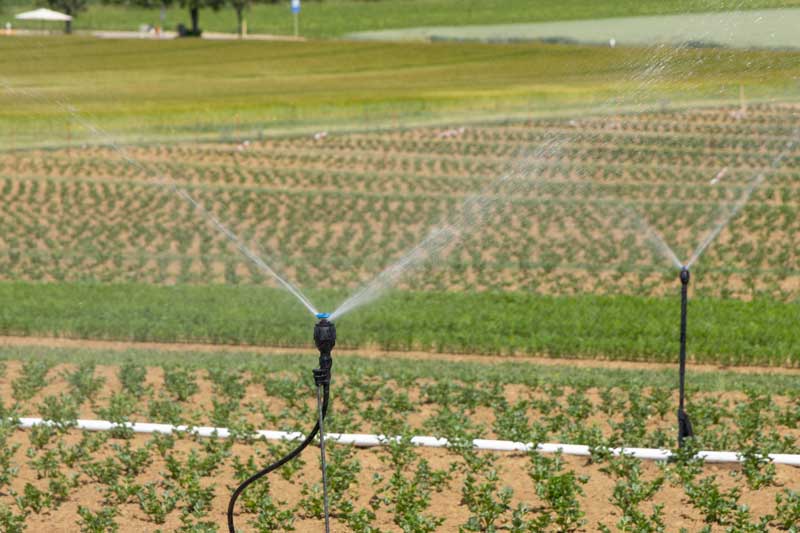
First things first, let us understand the Two Systems of drip and sprinkler irrigation.
What Is Drip Irrigation?
Drip irrigation delivers water directly to the roots of your plants through a network of tubes, pipes, and small emitters.
Think of it as a “water IV” slow, steady, and targeted, no wastage.
Let’s make a Real-life illustration with a drip irrigation system:
Imagine you’re growing tomatoes or vegetables on a one-acre plot. With drip irrigation, each plant gets just the right amount of water drop by drop, without wasting a drop on weeds or open soil.
This method is perfect for row crops, vegetables, fruit trees, and greenhouses where accuracy and precision matter.
Related article:
Farming with Little Rain? Discover 5 Proven Ways to Grow Crops in Drought-Prone Areas
7 Strategic Planning in Farming: Secrets Smart Farmers Use to Achieve Bumper Harvests Every Season
6 Health-Boosting Benefits of Farming You Need to Know
Understanding What Is Sprinkler Irrigation?
Sprinkler irrigation mimics natural rainfall; water is sprayed into the air and falls on the plants and soil surface through nozzles connected to pipes.
Let’s use a Real-life illustration to understand this concept:
Let’s say you’re cultivating maize or pasture. With sprinklers, you can water a large area at once, almost like giving your farm a gentle rain shower.
Sprinklers are best for field crops, lawns, and areas where crops are evenly spaced.
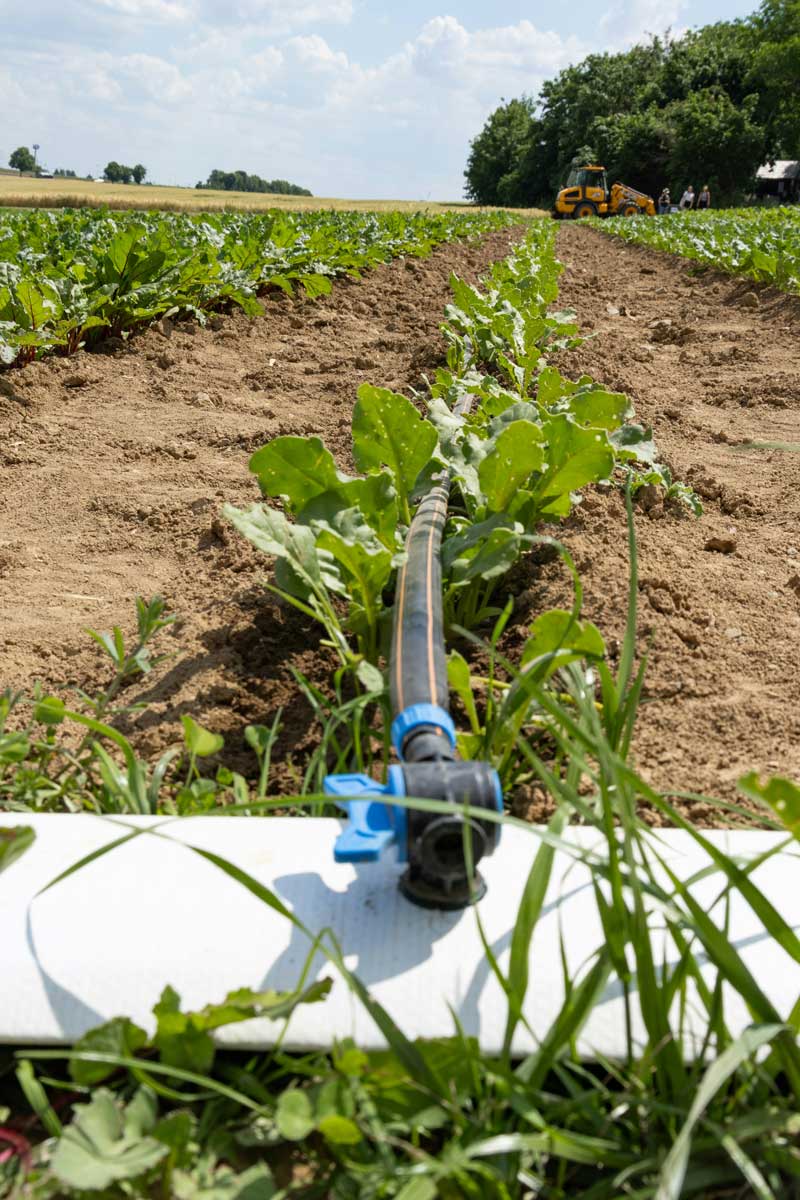
Now, let’s do the comparison between Drip and Sprinkler Irrigation
To guide and make your decision easier, let’s compare both systems using real farming needs, water use, crop type, cost, maintenance, and performance.
- Water Use and Efficiency
With drip irrigation:
- Delivers water directly to the plant roots.
- Water conservation saves 30–60% more water compared to traditional watering or sprinklers.
- Reduces water loss from evaporation.
With sprinkler irrigation:
- Uses more water because of evaporation and wind drift.
- Best suited when water is readily available, like from boreholes or rivers.
Winner:
If you farm in an area with a limited water supply, drip irrigation is your best bet, direct to the point. It’s a real water-saver!
Related article:
Ready to Go Big in Farming? 6 Conditions You Must Fulfil Before Going into Commercial Farming
Utilizing Small Space to Make Big Profit, the Hidden Economic Power of Backyard Rabbit Farming
7 Strategic Planning in Farming: Secrets Smart Farmers Use to Achieve Bumper Harvests Every Season
-
The type of Crops You Grow determines the type of irrigation system to use between drip and sprinkler irrigation.
Drip irrigation system:
- Ideal for high-value crops like vegetables, fruits, and flowers.
- Perfect for crops that need regular but controlled watering.
Sprinkler irrigation system:
- Works great for grains, maize, wheat, or pasture grass.
- It can be used for crops that tolerate water on leaves and stems.
A simple illustration:
A vegetable farmer in Jos, Nigeria, uses drip irrigation to water his ½-acre tomato field. His neighbour with the maize uses sprinklers. Both systems work perfectly, but each suits its crop type.
Winner:
Both win; it depends on your crop choice!
-
As a farmer, before you make any choice between a drip and sprinkler irrigation system, let’s consider the Installation and Cost of each.
Considering the Drip irrigation cost implication:
- Higher initial cost because of pipes, emitters, and filters.
- But it pays off long-term through water savings and better yield.
Also considering Sprinkler irrigation cost implication:
- Usually cheaper to set up for large areas.
- But it may require high water pressure (and more fuel or electricity).
Related article:
Stop Farming Blindly: 5 Proven Reasons Testing Your Soil is the Smartest Farming Move
Transform Your Farming: Harvest 30 Bags of Maize Per Acre
5 Awesome Reasons Why You Should Engage in Farming and Its Activities
A real-life illustration:
A farmer in Kaduna started with sprinklers on 2 acres of maize — the setup cost him less upfront.
However, a neighbour who invested in a drip for vegetables spent more initially but later enjoyed 50% less fuel cost for pumping with less water wastage.
Best analysis in terms of final decision-making:
If you’re short on capital and farming grains, a sprinkler may be more cost-effective to start.
But for long-term savings on water and fuel, drip is more cost-effective.

-
Maintenance and Operation between drip and sprinkler irrigation
For drip irrigation:
- Needs regular flushing to prevent clogging by dirt or debris. i.e constant maintenance for smooth running.
- Works best with clean water and a good filter.
- Easier to control how much water each plant gets. i.e water conservation.
For sprinkler irrigation:
- Requires regular checking of nozzles and pressure for smooth running.
- Windy days can affect water distribution and effectiveness.
- Easy to move around for new planting areas due to the large equipment.
Final analysis between the two systems of irrigation, drip and sprinkler:
– If you prefer precision, water conservation, go for drip.
– If you prefer flexibility and less setup stress, a sprinkler might suit you better.
Related article:
Is Your Farm a Target? 6 Powerful Farm Security Tips to Keep Thieves and Intruders Out
Ready to Go Big in Farming? 6 Conditions You Must Fulfil Before Going into Commercial Farming
A Beginner’s Guide to Cowpea Farming: From Seed to Harvest in Tropical Regions
-
Consider the Environmental and Weather Conditions in your choice between drip and sprinkler irrigation.
In drip irrigation:
- Performs well even under windy or hot conditions because water goes directly to the roots.
- Excellent for dry, sandy soils.
While in sprinkler irrigation:
- Best in calm weather and for loamy or clay soils that retain moisture easily.
- In windy or hot areas, you may lose water through evaporation.
Final analysis to guide your choice:
– For dry, hot regions, choose drip irrigation. Drip irrigation is predominantly used in Israel and other regions with less rainfall..
– For moderate, humid areas, a sprinkler can do just fine.
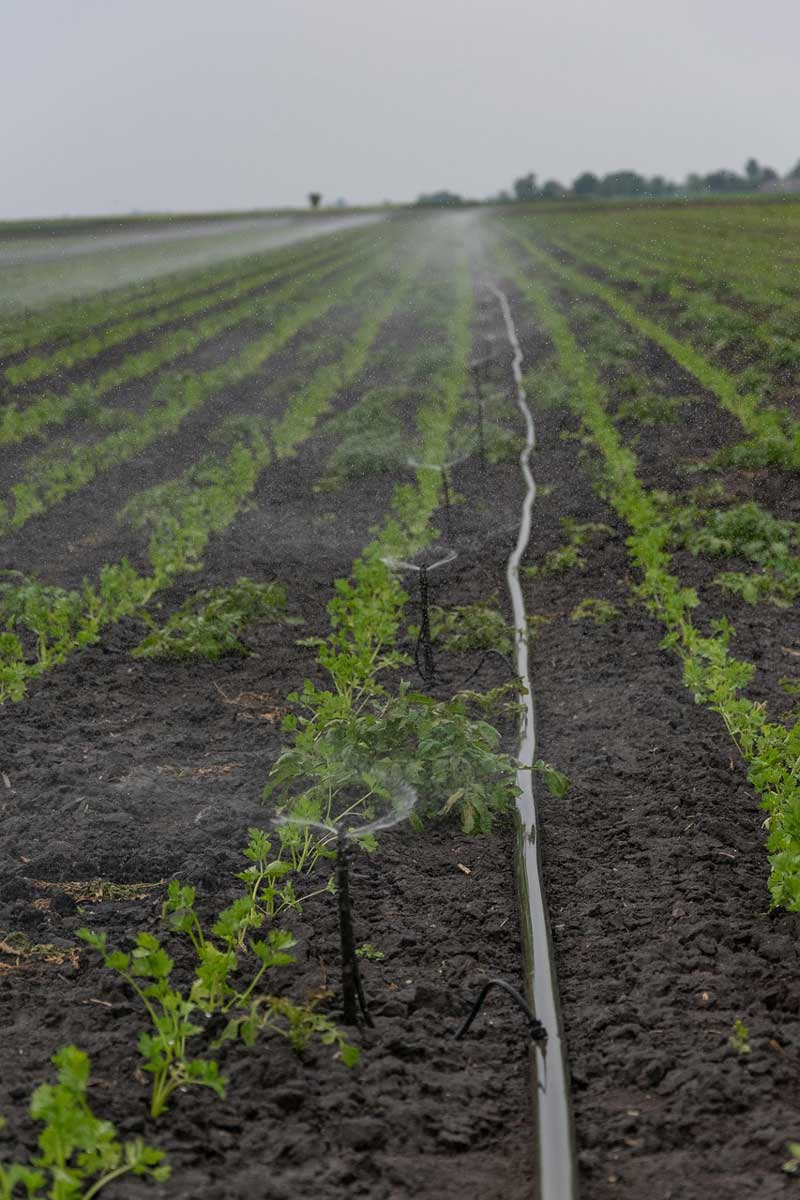
Real-Life Scenario: What Other Farmers Are Doing
Example 1: Godiya Joy Madaki, A Vegetable Farmer in Plateau State, Nigeria
Joy grows tomatoes and peppers on one acre. She struggled with uneven watering and weeds until she installed a drip irrigation system.
Within two planting seasons, her yield increased by over 40%, and she cut her water use in half. She now says, “Drip irrigation made me feel like I’m farming smart, not hard.”
Real-life Illustration 2: Musa Shaba, the Maize Farmer in Niger State, Nigeria.
Musa farms on 4 acres of maize. He uses sprinkler irrigation connected to a small petrol pump. He loves that it can water a wide area quickly and doesn’t need as much supervision.
However, he noticed higher fuel costs during the dry season but says it’s worth it because “the maize never dries up, even when others are praying for rain.” Most importantly, he sells his maize more in the dry season at a higher price margin, which is more profitable to him. Which translates to more money.
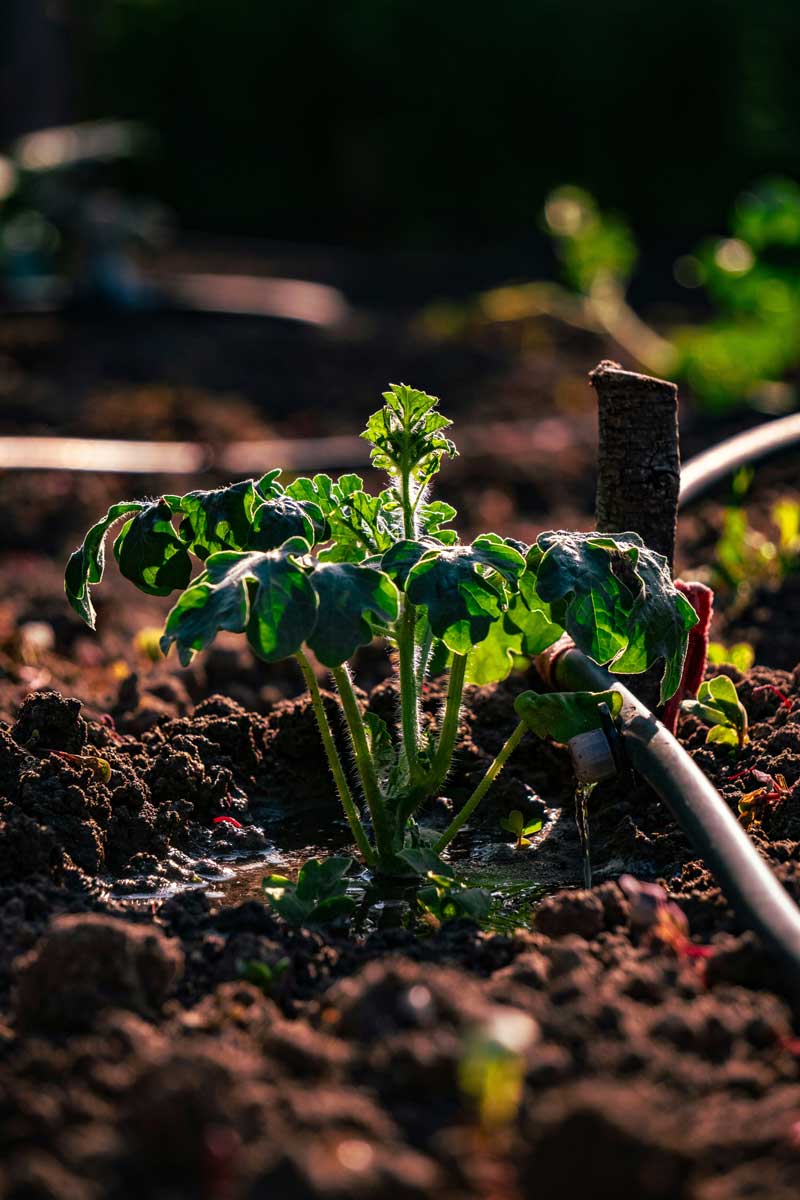
Making the Best Decision for Your Farm
Step 1: Assess Your Water Source. This is critical to your choice of the system of irrigation you are to use.
If you have limited water or rely on a small borehole?
Go for drip irrigation.
If you have a steady water flow from a river or a well?
Simply go for Sprinkler irrigation will work fine.
Step 2: Knowing Your Crop Type, by and large, determines your choice of irrigation system to use.
Vegetables, fruits, and trees → Drip irrigation.
Grains, pasture, or wide-spaced crops → Sprinkler irrigation.
Step 3: Check Your Budget. This is a critical factor in choosing between a drip and sprinkler irrigation system.
If your capital is small and your land is wide, start with sprinklers.
If you can invest a bit more upfront for higher efficiency and savings later, drip irrigation is worth it.
Step 4: Think Long-Term
Consider how fuel, maintenance, and water bills will affect you over time.
Sometimes, what looks cheaper at first ends up more expensive later.
Personal Honest Farmer-to-Farmer Advice
Both irrigation systems are valuable; there’s no one-size-fits-all.
Your choice should depend on:
– Type of crops you grow
– Size of your land
– Water availability
– Budget and long-term goals
But one thing is clear, whichever you choose, irrigation is no longer a luxury. It’s a necessity for modern, smart farming.
A well-watered crop means higher yield, better income, and less dependence on unpredictable rainfall, weather and climatic conditions.
Final Conclusion
The real “best irrigation system” isn’t just about drip or sprinkler irrigation systems; it’s about the one that fits your farm, your crops, your water source, and your goals.
Whether you’re fixing pipes or laying hoses, remember:
Every drop of water you manage wisely today brings you one step closer to a greener, richer, and more productive tomorrow.
So, my dear farmers, which system fits your farm best?

